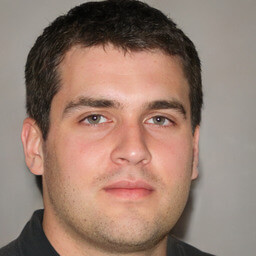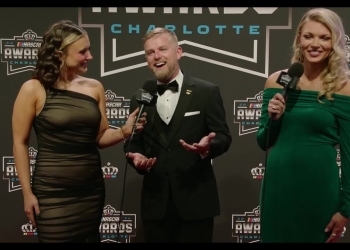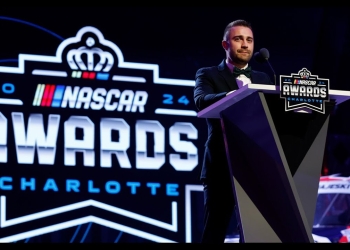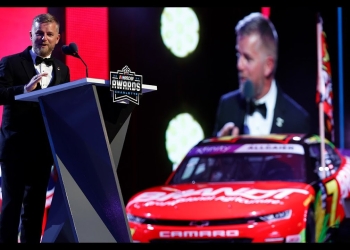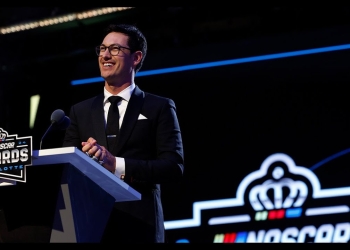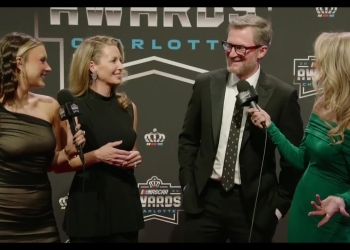NASCAR's Damaged Vehicle Policy Explained After Talladega Incident
The recent NASCAR Cup Series race at Talladega Superspeedway saw the infamous "Big One" crash, prompting discussions about the Damaged Vehicle Policy (DVP). Elton Sawyer, NASCAR's senior vice president of competition, shed light on the decisions made during the race and the future of the policy.
The Big One at Talladega
Talladega is known for its high-speed racing and multi-car crashes, and this event was no exception. The "Big One" involved over 25 cars, creating a chaotic scene on the track. NASCAR officials faced the challenge of determining which vehicles could continue racing and which needed to be removed.
NASCAR's Decision-Making Process
Sawyer explained the thought process behind NASCAR's decisions:
"Our goal is never to put good cars out of the race. As we went into Talladega this week, we wanted to make sure that we erred on the side of the competitors."
The officials made the call to tow two specific cars to pit row:
- The No. 9 car
- The No. 14 car
Both of these vehicles met the minimum speed requirement, which factored into the decision to allow them to continue racing.
Lessons from Kansas
The decision-making at Talladega was influenced by events from the previous week's race at Kansas Speedway. Sawyer acknowledged:
"Last week, as we got looking at that, digesting it, we could tell that maybe we should have made a different call."
This reflection led to a more cautious approach at Talladega, with officials trying to give competitors every opportunity to stay in the race.
Click here to preview your posts with PRO themes ››
The Future of the Damaged Vehicle Policy
Sawyer emphasized that NASCAR will be taking a closer look at the DVP during the off-season. He noted:
- This is the third year with the Gen 7 car
- Many positive outcomes have resulted from the new car
- The DVP has been challenging to implement consistently
A thorough review of the policy is planned to address these challenges and improve its application in future races.
Safety Improvements in the Gen 7 Car
One of the positive outcomes of the Gen 7 car design was evident at Talladega. Sawyer highlighted:
- No cars got airborne during the "Big One" crash
- Aerodynamic changes made to the car proved effective
While pleased with this result, Sawyer emphasized that safety is an ongoing process:
"Safety is a journey, it's not a destination. We're constantly working on that all the time."
NASCAR's Commitment to Continuous Improvement
The NASCAR Research and Development Center plays a crucial role in the sport's evolution. Sawyer outlined their approach:
- Constant learning and adaptation
- Exploring new technologies and modifications
- Implementing improvements as they become available
This commitment to improvement extends beyond just the DVP and safety features, encompassing all aspects of NASCAR competition.
What's Next for NASCAR?
As the current season progresses, fans and competitors alike will be watching to see how NASCAR applies the lessons learned from Talladega. The off-season review of the Damaged Vehicle Policy promises to bring changes that could significantly impact future races.
In the meantime, NASCAR officials will continue to make real-time decisions during races, balancing competition with safety. The goal remains clear: to provide exciting racing while keeping drivers, crew members, and fans as safe as possible.
Click here to preview your posts with PRO themes ››
Conclusion
The "Big One" at Talladega served as a test for NASCAR's current policies and car design. While challenges remain, particularly with the Damaged Vehicle Policy, the sport's leadership has shown a willingness to adapt and improve. As NASCAR looks to the future, the focus on safety, fair competition, and exciting racing remains at the forefront of their decision-making process.


